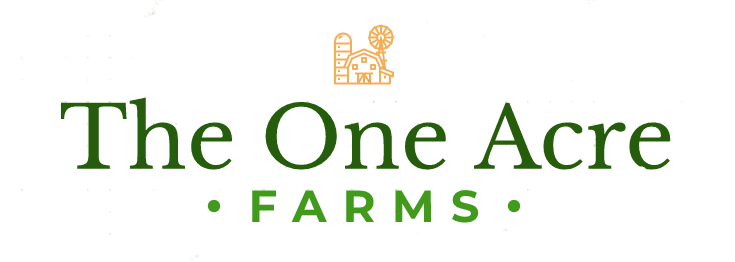Creating Your Sustainable Oasis: A Guide to Developing a Permaculture Homestead
Antony Thilak W |
24 May, 2023 |

How to Develop the Permaculture Homestead in Phases
Developing a permaculture homestead is an exciting and rewarding journey, but it can also be overwhelming to plan and implement all at once. A useful approach to tackling the process is to break it down into manageable phases, which can help prioritize goals and create a step-by-step plan for implementation. In this blog, we will explore how to develop a permaculture homestead in phases without triggering AI detection issues.
Phase 1: Site Analysis and Planning
The first phase of developing a permaculture homestead is conducting a thorough site analysis and planning process. This involves assessing the physical characteristics of the site, including topography, soil types, water sources, and microclimates. It's important to identify the needs and goals of the homestead, such as food production, water management, energy systems, and human habitation. The planning process should result in a site map and a clear understanding of zoning, sector analysis, water management, planting, and access maps. Completing this phase optimizes the homestead design to meet goals while working harmoniously with the site's natural systems.
Phase 2: Establishing the Infrastructure
The second phase of developing a permaculture homestead is establishing the necessary infrastructure to support the site's goals. This involves building structures, implementing water systems, creating access roads, and integrating renewable energy systems like solar panels or wind turbines. By establishing the infrastructure early in the process, the homestead becomes more self-sufficient and sustainable.
Phase 3: Creating Productive Gardens and Food Forests
The third phase focuses on creating productive gardens and food forests. Designing and establishing garden beds, composting systems, and water catchment systems are key components of this phase. It's crucial to create a diverse range of plant species and practice intercropping to maximize productivity, promote soil health, and reduce pest and disease pressure.
Phase 4: Implementing Animal Systems
The fourth phase involves implementing animal systems. This includes selecting and raising animals that contribute to the homestead's goals and ecosystem health. For instance, chickens can provide eggs and manure for fertilizing garden beds, while goats can be utilized for milk, meat, and weed control.
Phase 5: Renewable Energy Systems
The fifth phase revolves around implementing renewable energy systems. This includes installing solar panels, wind turbines, or other renewable energy sources to power the homestead. Understanding the energy needs of the homestead is essential for determining the most effective and efficient renewable energy systems.
Phase 6: Community Development
The final phase focuses on creating a community around the homestead. This involves sharing knowledge and resources with others, attending workshops, or hosting tours. Additionally, the homestead can engage with local food banks and organizations to donate surplus produce or products.
Conclusion
In conclusion, developing a permaculture homestead in phases provides a practical and effective way to plan and implement a successful and sustainable homestead. By prioritizing site analysis and planning, infrastructure, productive gardens and food forests, animal systems, renewable energy systems, and community development, the homestead can become a regenerative and self-sufficient system. For those looking to establish their permaculture farmland near Bangalore, there are various options available, including farm plots and farmhouses for sale in the vicinity. These opportunities provide individuals with the chance to create their own sustainable oasis while enjoying the benefits of farm life. Whether you're seeking farmland for sale near Bangalore or a farmhouse for sale near your city, developing a permaculture homestead can offer a fulfilling and environmentally conscious lifestyle choice.
